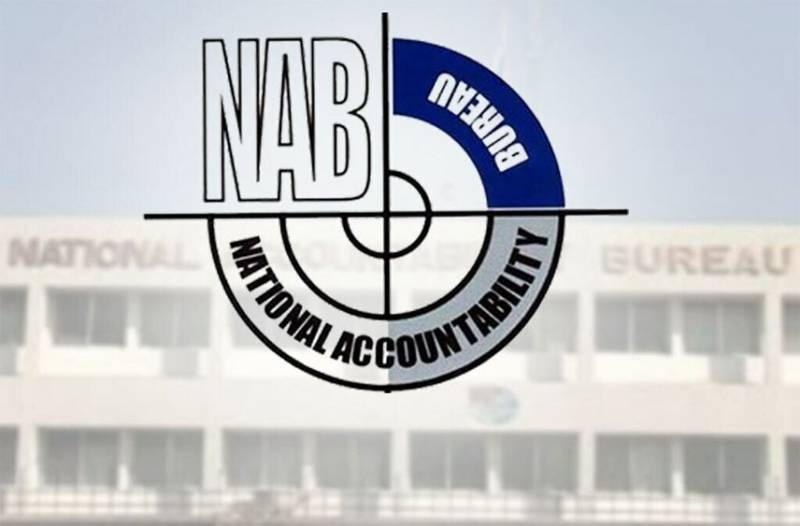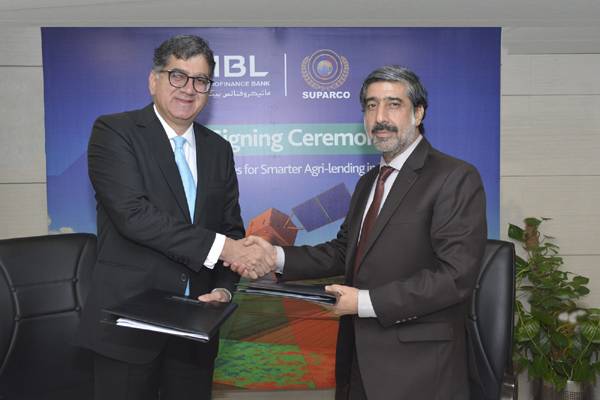
KARACHI – Businessmen have urged the government to tap the US tariff in competitive advantage over different regional economies through reducing drastically the cost of production and improving ease of doing business across the country for export and other potential sectors.
They recommended the government to continue their negotiations with the US administration to receive additional discounts in tariffs mainly on selected sectors, including textile, leather, and foods. Pakistan has been imposed a tariff of 19% as against the competitive economies, including Bangladesh (20%), Vietnam (20%), India (25-50% or varying), and China (50% or varying). President Federal B Area Association of Trade and Industry Sheikh Muhammad Tehseen said the latest tariff rate on Pakistani products imposed by the US may hurt the export volume in a short-run while it may result gradual rise in volumes and values in the future.
As compared to the latest tariff rate, the 19% tariff rate sounds favorable for Pakistani export growth in the US markets but our cost of production is already high with competitive economies that may not result a desirable scenario for made-in-Pakistan’s brands. Pakistan’s government should evaluate the production cost and ease of doing businesses in these competitive markets and plan a strategy to shore up the country’s exports across the world, FBATI President remarked. The government should work extensively to reduce the production cost for export sector through reducing expenses on utilities, including electricity, gas, water and etc. to penetrate the market significantly in the US markets, he added.
Majyd Aziz, former President Karachi Chamber of Commerce and Industries (KCCI), said US President Trump has provided an opportunity to re-shape the export culture and it is will depend upon Pakistan’s government and exporters to take maximum advantage. Pakistanis are elated that India was slapped with 50% plus 10% baseline tariff but the downside is that unlike Pakistani policymakers, India government will give subsidies, reduce infrastructure rates, and provide maximum facilities to exporters to mitigate the impact of the high tariff rates.
This is the time to revisit Pakistan’s export policy and take all-out efforts to provide more space to exporters to facilitate exports otherwise Pakistani exports will only inch at snail’s speed, he remarked. He said that Pakistani exporters should wake up and improve productivity, enhance efficiency, reduce waste, concentrate also on circular economy, and refrain from ad hoc measures while adopting best practices in the businesses. Hence, Pakistani exporters could attract foreign buyers to prefer more imports from Pakistan because textiles from China, Vietnam, Bangladesh, Cambodia have a strong presence in USA, the ex-KCCI chief further said.
Muhammad Babar Khan, Central Chairman Pakistan Hosiery Manufacturers Association (PHMA), said Pakistan could take the advantage of the recent tariff policy of the US through filling the gaps that is expected to be created from Chinese goods and products. He said that Pakistani companies in collaboration with Chinese investment could boost the exports of made-in-Pakistan products in the US markets, he further said.
Either Chinese textile companies invest in Pakistani companies or set up their factories in Pakistan’s export zone in collaboration with Pakistan partners as a part of strategy to retain their share in the USA market. This partnership could prove as a win-win situation for all countries, he added.
Businessmen expected that the access to the US companies to the Pakistani market in oil and gas, mines and mineral sector may also attract foreign investment but these could also improve the bilateral trade ties with the two countries, including favorable tariff rates for Pakistani exporters.




